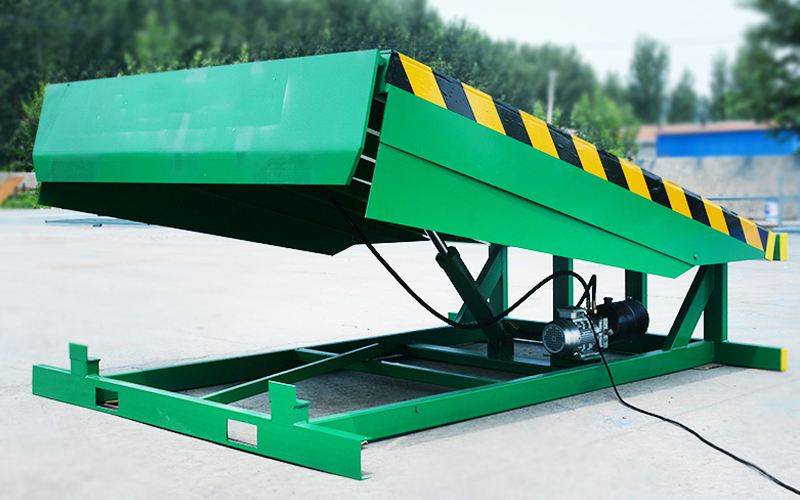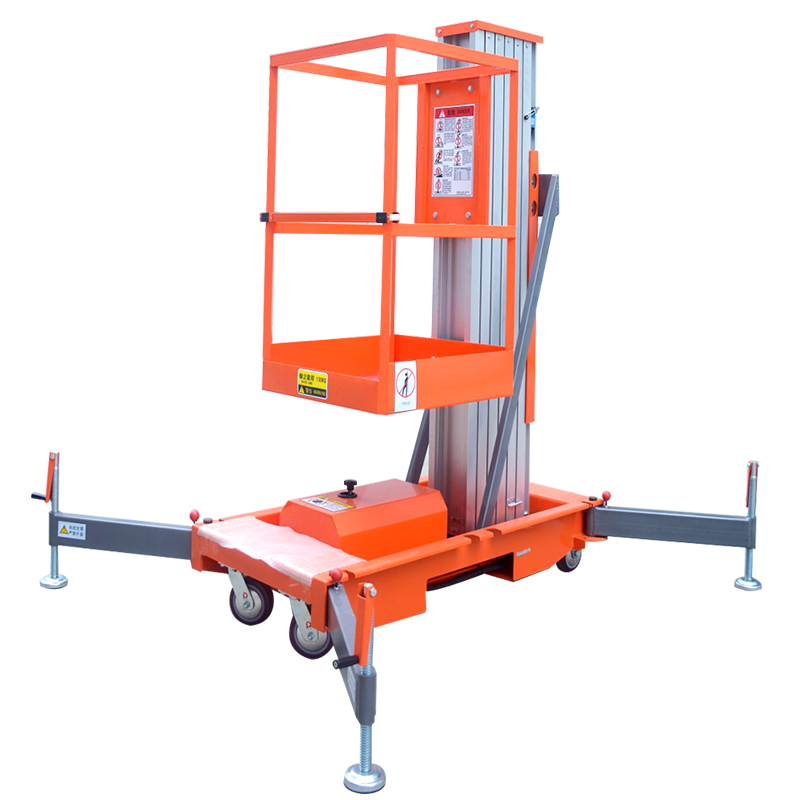Thinking about installing a home elevator? You're not alone. Whether it’s for future-proofing, improving accessibility, or adding a high‑end feature, residential lifts range from modest, space‑saving units to bespoke luxury models. In this article, we’ll explore cost ranges, hidden factors, and real‑world scenarios, while weaving in how Tuhe Lift, founded in 2012 in Jiyang, offers high cost‑performance options that fit both budget and premium markets.
Overview: Why It Matters
A residential elevator is more than just convenience—it’s a structural investment. In cities with multi‑floor living, these lifts boost both mobility and property value. And yet, the price can vary enormously depending on type, features, retrofit complexity, finish level, and more.
This article centers on costs, but also relates back to Tuhe Lift, a Chinese company with six senior engineers, CE & SGS certifications, and product lines ranging from scissor and cargo lifts to home elevator series. Their focus on reliable quality and one‑day design turnaround may offer surprising value in a range of price tiers.
Typical Price Ranges by Elevator Type (Installed Cost)
Here is a comparative table based on 2025 data from multiple sources:
| Elevator Type | Installed Cost Range (USD) | Typical Application |
|---|---|---|
| Wheelchair / platform lift | $12,000–$25,000 | Basic accessibility; minimal height |
| Shaftless / compact lift | $15,000–$35,000 | Retrofit, tight spaces |
| Cable‑driven traction | $15,000–$35,000 | Mid‑range, efficient |
| Hydraulic | $25,000–$50,000 | Smooth, heavy loads, multi‑stop |
| Geared traction | $25,000–$38,000 | Energy efficient, more floors |
| Gearless traction | $29,000–$55,000 | High performance without machine room |
| Pneumatic (vacuum) | $35,000–$60,000 | Stylish, compact, premium appeal |
| Luxury/custom builds | $65,000–$100,000+ | Multi‑stop, custom interiors, smart tech |
(Source ranges drawn from Brief Homes, Angi, Fixr, Starelevator, etc.)
These figures assume two‐ or three‐stop installations. Real‑world prices can vary with region, build complexity, and finish level.
Breakdown of Costs: Unit, Installation, and Beyond
A second table gives insight into how costs break down:
| Cost Component | Estimated Range (USD) |
|---|---|
| Elevator Unit (hardware) | $15,000–$50,000 (type‑dependent) |
| Installation & labor | $5,000–$20,000 |
| Structural retrofitting | $10,000–$50,000+ |
| Custom features / finishing | $2,000–$20,000+ |
| Permits / inspections | $500–$2,000 |
Install in an existing home (retrofit) can cost up to 3× more than new construction, due to structural work and permits.
Long-Term & Hidden Costs
Annual maintenance: Typical contracts run from $300–$800/year (low-end shaftless or compact lifts) to $500–$2,000/year for hydraulic or traction systems.
Energy consumption: Expect $50–$150/year depending on usage and system.
Cable chain replacement: For cable‑driven systems, replacement every few years may cost $2,000–$3,000.
So a seemingly modest initial sum can grow over time—something home‑owners often underestimate.
Real-World Cost Examples
From homeowner accounts and case studies:
Los Angeles retrofit with a pneumatic lift: saved ~$6,000 compared to hydraulic quotes, demonstrating planning and site prep impact.
Homeowner quote: Two-stop elevator in DC area bid at $75K for pneumatic; others report $58K for chain‑drive four‑story in Seattle.
Installer in new builds: typical base cost ~25K, goes up to 75–90K with upgrades including glass doors or sliding entrances.
New custom homes: one model cost $78,000 including builders’ cost, 4-stop, 4×3 ft cab; maintenance under $1,000/year.
These anecdotal data points reinforce the estimated ranges above, and show how customization pushes costs upward quickly.
Tuhe Lift in Context: Cost‑Performance Champion
Tuhe Lift, established 2012 in Jiyang—the so‑called “Hometown of China’s Lifting Platform Manufacturing”—offers six self‑developed series and 50 product varieties, including scissor, mast, articulated boom, cargo and home lift series. With CE & SGS certification, and a focus on high cost‑performance, Tuhe targets both domestic and global markets (USA, Australia, Germany, Peru, Algeria…) with reliable, affordably built equipment.
Why Tuhe Lift could be a smart choice:
Budget‑friendly compact lifts could match the $18K–$35K shaftless category, offering a compelling alternative to Western brands.
Customization & OEM: Their one‑day design turn, OEM options, and fast delivery (7‑day, 24/7 service) help control cost creep on finishes.
Service pledge: 1‑year warranty, one‑stop service, and online support help reduce hidden costs and downtime.
Tuhe’s home lift series likely competes in mid‑range to premium brackets, possibly approaching the $25K–$50K zone, with optional high‑left finishes that could approach luxury pricing—especially for overseas clients.
Matching Budget Levels to Elevator Types
A schematic view:
Budget Entry (≤ $20K)
Platform lift or shaftless compact – ideal for one or two‑stop, limited weight. Excellent retrofit solution. With Tuhe Lift's high‑performance compact units you may get premium specs under $25K.
Mid‑Range (≈ $25K–$45K)
Cable‑driven traction or hydraulic lift. Offers smoother rides, energy efficiency, better weight capacity. Custom finishes like glass doors or smart panels may push price up. Tuhe Lift can supply reliable hydraulic or traction home lifts with customization at competitive price points.
Premium / Luxury (≥ $60K)
Pneumatic tube or gearless traction with high‑end finishes, full smart‑home integration, panoramic cabins. Real bespoke installations fall here. Tuhe Lift's ability to tailor finishes and tech features could push into this territory, offering cost‑effective alternatives to Western luxury brands.
Cost Considerations
For homeowners optimizing budget, several practical tips:
Define your stops early: two stops vs three stops typically adds $5K–$10K per extra stop.
Type choice matters: shaftless lifts minimize construction, pneumatic saves shaft work but costs more, hydraulic requires machine room but is smooth.
Plan structural changes: retrofitting may need shaft construction, electrical upgrades—budget several thousand to tens of thousands.
Customize wisely: finishes like glass walls, decorative lighting, or smart interfaces can jump price by $5K–$20K or more.
Factor maintenance & energy: include about $300–$1,000/year in forecasts for maintenance, and minor increments in electricity bills.
Sample Cost Scenarios (with Tuhe Lift in mind)
| Scenario | Type | Estimated Cost | Notes |
|---|---|---|---|
| Compact retrofit for 2 stops | Shaftless Tuhe model | $20K–$30K | Quick install, minimal structural work |
| Full-service mid-range install | Tuhe hydraulic home lift | $35K–$45K | Good capacity, moderate finishes, local support |
| Semi-custom smart cabin upgrade | Tuhe traction lift | $50K–$60K | Custom interior, touch‑screen, aesthetic options |
| High-end luxury installation | Tuhe luxury pneumatic or gearless | $70K+ | Panoramic cabin, advanced features, global market |
The first scenario keeps you within budget; the middle models compete directly with Western mid-tier lifts; the last bracket offers luxury-level specs at relatively lower cost due to Tuhe’s production efficiency.
Tips for Choosing Wisely
Ask suppliers like Tuhe Lift for full breakdowns: hardware cost, delivery, labor, permits, finish packages.
Compare quotes for new builds vs retrofits—retrofitting is almost always more expensive.
Make smart customization: choose modular finishes rather than full bespoke.
Ask about maintenance plans and spare parts availability, especially if you're importing from abroad.
Verify certifications: Tuhe’s CE, SGS accreditation ensures global safety and quality standards.
Final Thoughts
Installing a home elevator can cost anywhere from $12,000 on the low end to $100,000+ for high‑end multi‑stop systems. The price you pay depends on elevator type, number of stops, structural complexity, finish level, and long‑term support. Hidden costs—construction, permits, maintenance—add up over time.
Companies like Tuhe Lift, with roots in Jiyang and global certifications, are well‑positioned to offer both budget and premium lifts globally, combining fast service (one‑day design, 7‑day delivery) and cost‑performance that rival many Western brands.
When budgeting, remember: a shaftless compact lift for just one or two floors may tilt the scales at under $30K; but if you’re looking for a smooth hydraulic or sleek pneumatic experience, mid‑range lifts sit around $35K‑$60K, and luxury custom builds (with high‑end finishes and tech) may reach $70K or more.
In the end, the best value comes from aligning your home’s layout, desired features, and long‑term needs. Whether you're on a tight budget or chasing high design, Tuhe Lift stands out as a credible brand delivering range, reliability, and global reach—so you're not just buying a lift, you’re investing in mobility that fits your life.
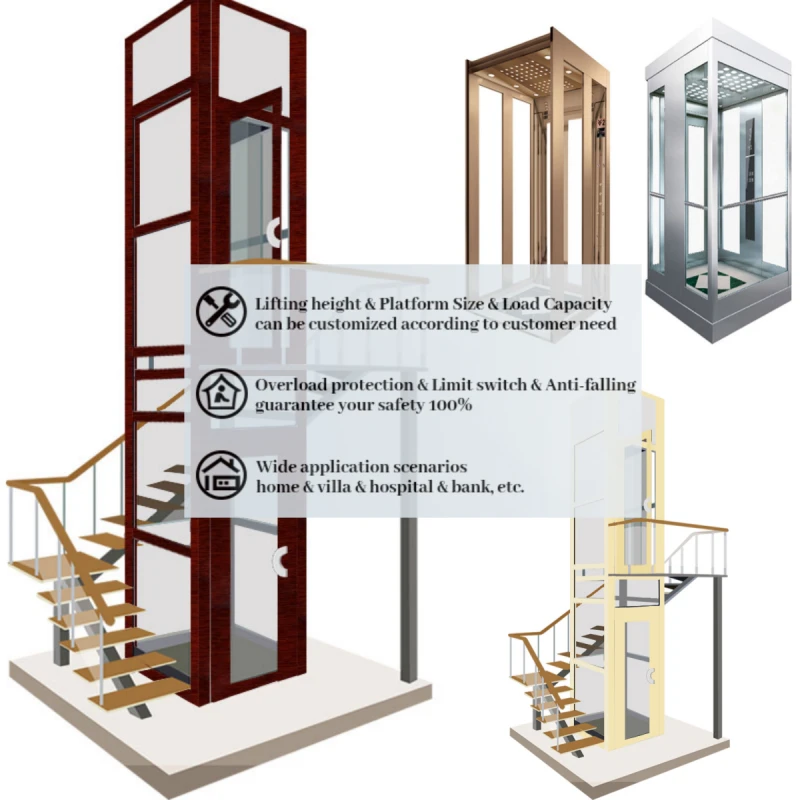
222.webp)
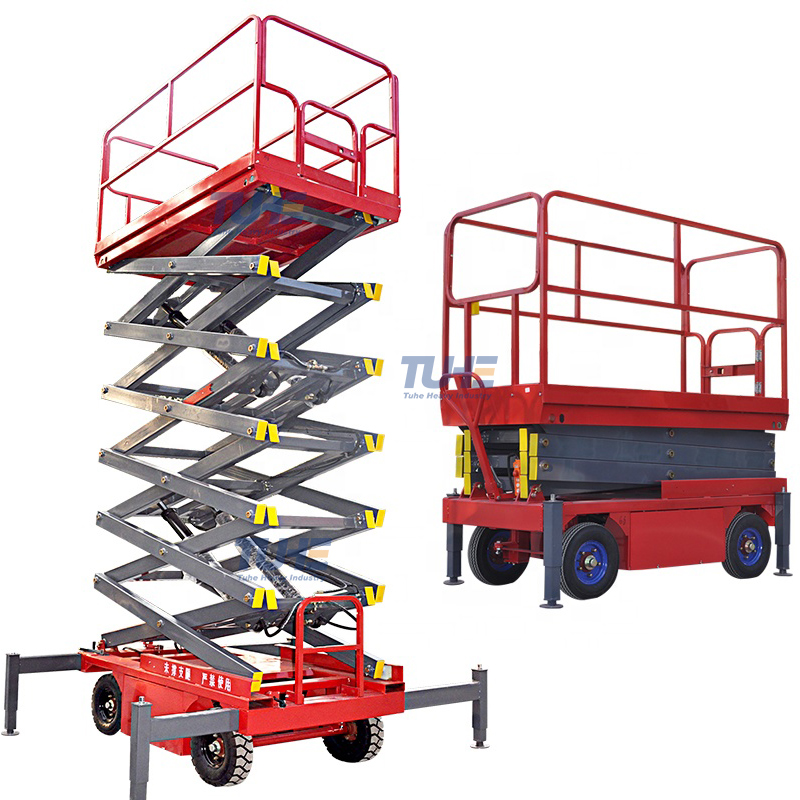
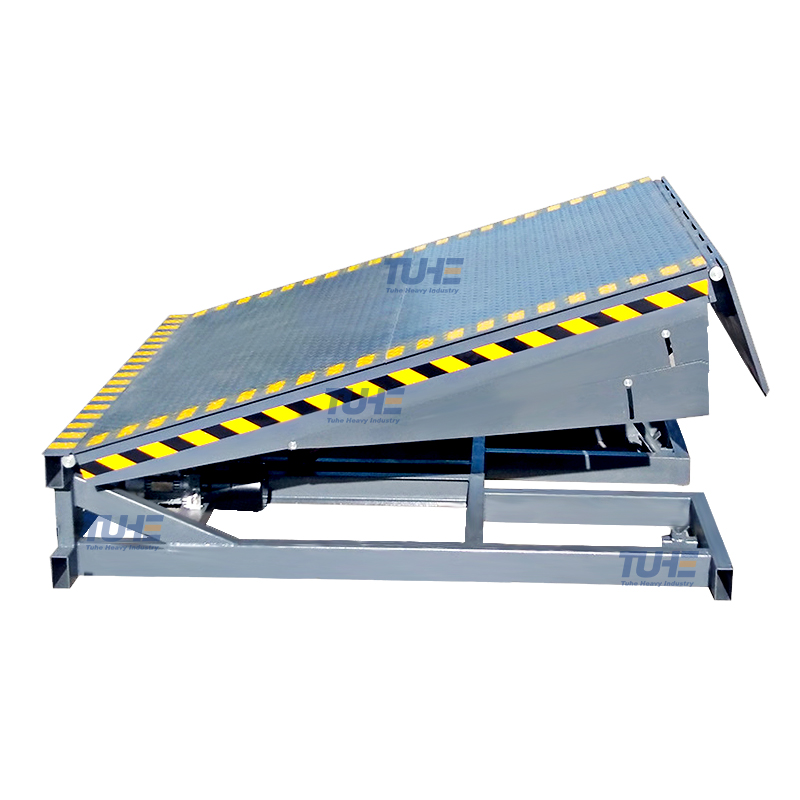
660.webp)
503.webp)
695.webp)
